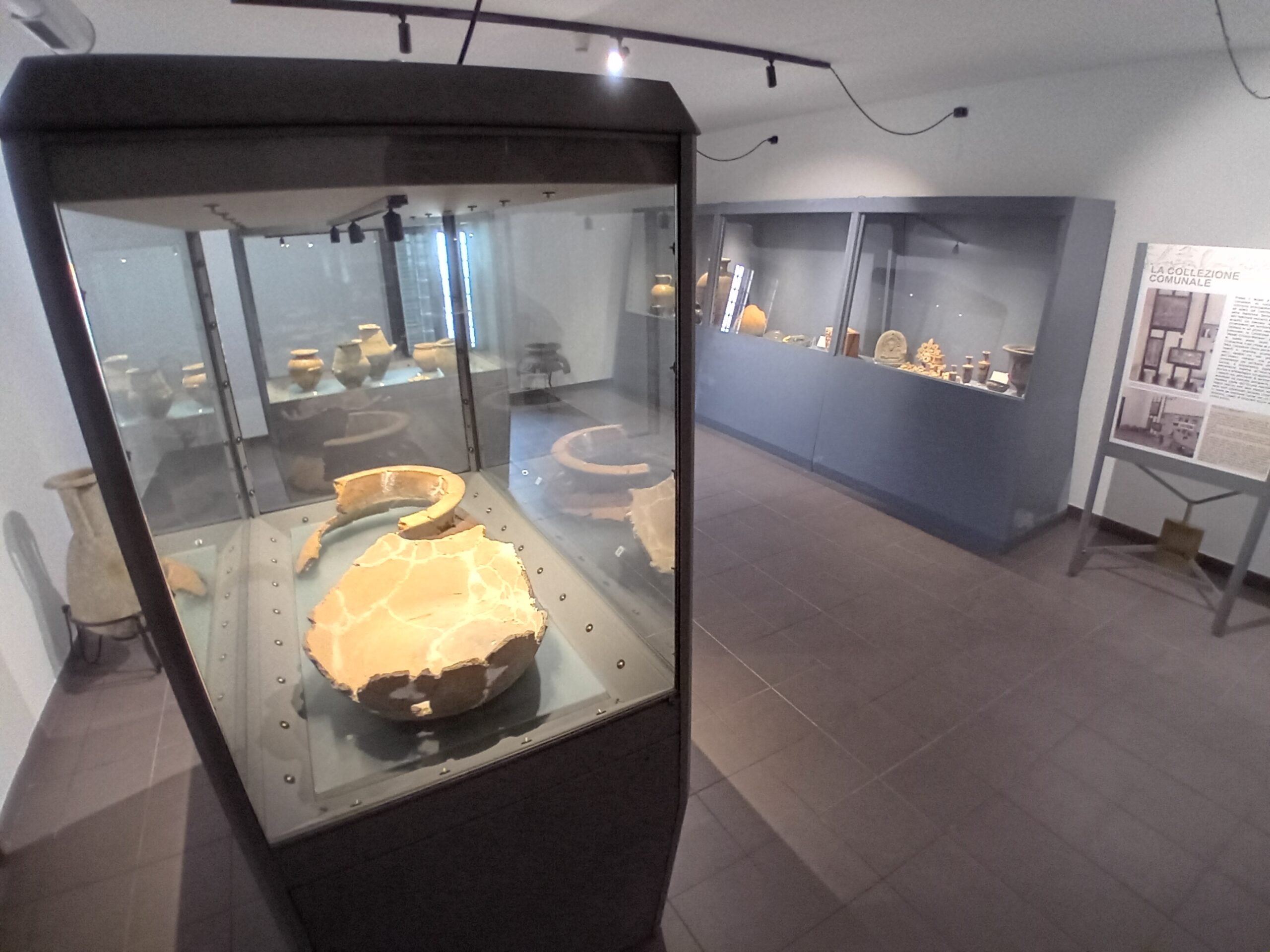29 Mar Introduction
In the Archaeological Museum of Cecina are collected numerous examples of artifacts and archaeological finds from the surrounding area of the Lower Valley of Cecina River. The exhibition, with its pieces displayed either in chronological and topographical order, aims to represent, in an easily understandable way,...












